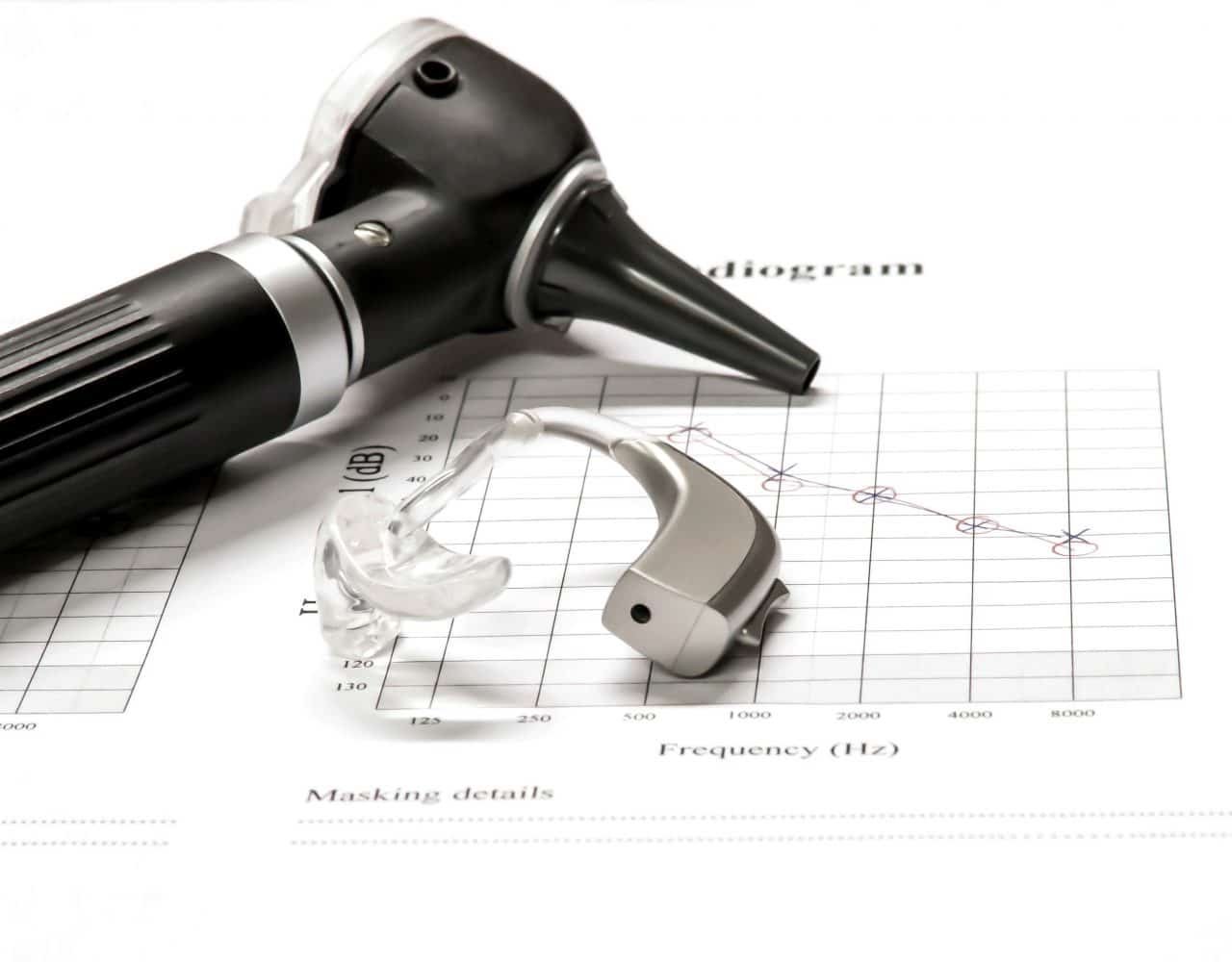Someday, hearing aids may be able to correct hearing loss the way glasses correct poor vision. Until then, researchers are working on ways to improve hearing aids so they can better address the cocktail party problem, which occurs in settings like Craft & Vine where there is more than one voice speaking at a time, and all are amplified by hearing aids evenly. This can make is challenging for people with hearing loss to carry on conversations in busy social settings.
Fortunately, researchers examining how the cochlea works are hopeful their study could lead to improvements in hearing aids to better address the cocktail party problem.
How We Hear

In order to understand how the study of the cochlea can aid advancements in hearing technology, it’s important to understand how we hear.
Soundwaves from your environment are captured by the outer ear and travel down the ear canal, which leads to the eardrum. When the soundwave hits the eardrum, a vibration is created, which passes through three tiny bones within the middle ear called the malleus, incus and stapes. This vibration reaches the fluid-filled cochlea in the inner ear, which causes the fluid to move. This movement activates the tiny hair cells that line the cochlea called stereocilia, creating an electrical impulse. This electrical impulse travels via the auditory nerve to the brain where it is interpreted as sound.
About the Study
According to Jong-Hoon Nam, researcher at the University of Rochester, the mission of his lab is to determine the precise moment when the sounds are converted into electrical impulses, as this could provide the basic science needed for hearing devices to become capable of compensating for the unique ways hearing loss presents within an individual and within each ear.
Below are some highlights of the findings of the study:
- Outer hair cells in the cochlea both amplify and reduce vibrations to enhance cochlear tuning.
- A computer model has been created that can interpret and analyze how the response to one tone can be reduced by the presence of another tone in a healthy cochlea.
- Imbalances of Ca2+, a calcium ion that controls a variety of cellular processes, can contribute to the creation of outer hair cells, especially those responsible for high-frequency sounds, which tend to be the first to become damaged.
- Extended silence could harm rather than help hearing health.
For more information about this study or to schedule an appointment with a hearing professional, call Augusta – Aiken ENT & Allergy today.
